Katrina Richards interview with ABC News from Australian Podiatry Association on Vimeo.
In a recent interview, President of the Australian Podiatry Association, Karina Richards, talks about the growing prevalence of infections coming from visits to nail salons.
Mrs Richards comments on the increased numbers of fungal nail infections, infections around the nail, and skin infections currently being seen and treated by Australian podiatrists. She describes them as being “painful, disfiguring and distressing” for patients, which mirrors what patients at My FootDr tell us when they seek help for a nail or skin infection.
While the instruments used for nail care in podiatry clinics must comply with strict hygiene and sterilisation protocols at a government level, nail salons remain largely unregulated. This means that salons are free to use the same instruments from one foot to the next. You don’t know if the person before you had a fungal infection, or if their nail service resulted in bleeding, meaning you are exposing yourself to potential harm.
What should you do if you suspect that you have a fungal nail or skin infection?
See your podiatrist. We are qualified to diagnose and treat fungal infections of the skin and nails, and can help you differentiate between fungal nail infections and other causes of nail discolouration like trauma and psoriasis.
Our treatment options for fungal nails include laser treatment, which has shown to have higher efficacy than both over-the-counter pharmacy medications and oral tablets [1].
Book your appointment online here or call us on 1800 FOOTDR


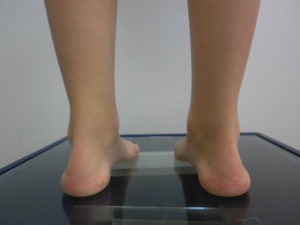 Often referred to as
Often referred to as 
 Hypotonia is the clinical name for low muscle tone and tension, and therefore, strength. As healthy muscle tone is what enables us to move, control our posture, and the speed at which we perform physical tasks, problems with muscle tone require urgent attention.
Hypotonia is the clinical name for low muscle tone and tension, and therefore, strength. As healthy muscle tone is what enables us to move, control our posture, and the speed at which we perform physical tasks, problems with muscle tone require urgent attention.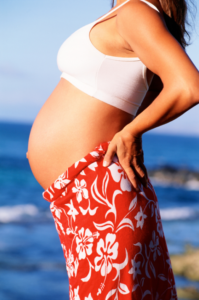 The way that a woman’s body changes during pregnancy is amazing. The way that women adjust to these changes may be even more so. Our centre of gravity shifts forward, the way we walk changes with a wider hip stance, the pressure on the muscles and tissues in our feet and legs skyrocket – and we haven’t even started on everything that’s going on inside – hormones and all!
The way that a woman’s body changes during pregnancy is amazing. The way that women adjust to these changes may be even more so. Our centre of gravity shifts forward, the way we walk changes with a wider hip stance, the pressure on the muscles and tissues in our feet and legs skyrocket – and we haven’t even started on everything that’s going on inside – hormones and all!
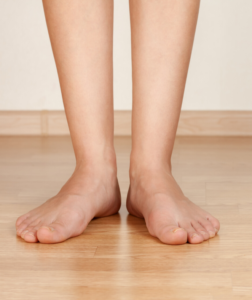 Out-toeing describes the position where the feet are turned outwards when you walk instead of facing straight ahead. If you out-toe, it is sometimes labelled as being ‘
Out-toeing describes the position where the feet are turned outwards when you walk instead of facing straight ahead. If you out-toe, it is sometimes labelled as being ‘
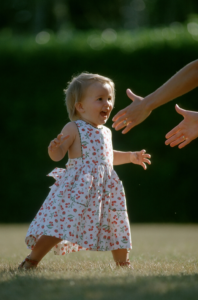 Seeing your child struggle to walk with confidence is concerning for any parent. While kids may appear clumsy when they are first learning to walk, most kids will develop a good sense of coordination and balance by the age of 3. For some children, however, refining the motor skills required for walking can be challenging. This can be frustrating and upsetting for both the child and the parent and impact a child’s independence and development.
Seeing your child struggle to walk with confidence is concerning for any parent. While kids may appear clumsy when they are first learning to walk, most kids will develop a good sense of coordination and balance by the age of 3. For some children, however, refining the motor skills required for walking can be challenging. This can be frustrating and upsetting for both the child and the parent and impact a child’s independence and development.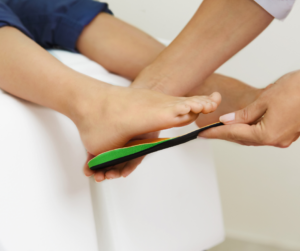 In-toeing is the position where the feet turn in to face one another, and is often referred to as
In-toeing is the position where the feet turn in to face one another, and is often referred to as 
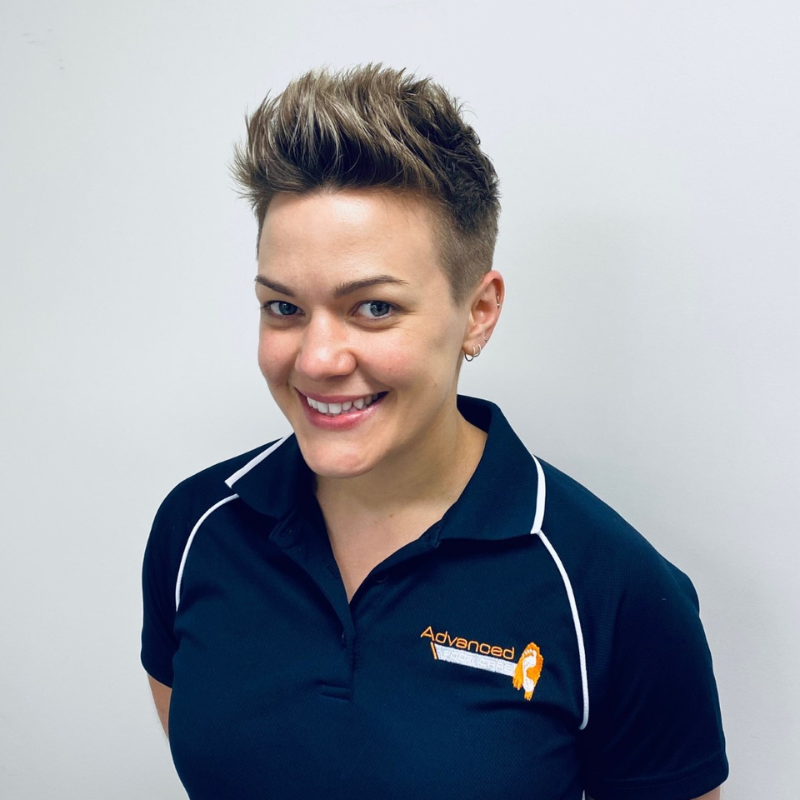
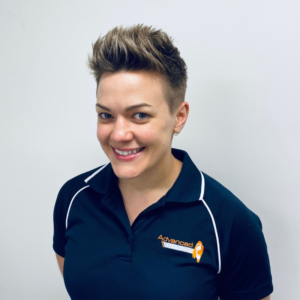 Anna joined the team in January 2014 after completing her studies at QUT in Brisbane. Anna grew up in the region and returned to provide services in her chosen field. She has a keen interest in biomechanics and sports related podiatry, as well as works closely with participants through the NDIS to provide podiatry services to the community. Anna is an advocate for health and fitness and is passionate about improving her patients’ quality of life.
Anna joined the team in January 2014 after completing her studies at QUT in Brisbane. Anna grew up in the region and returned to provide services in her chosen field. She has a keen interest in biomechanics and sports related podiatry, as well as works closely with participants through the NDIS to provide podiatry services to the community. Anna is an advocate for health and fitness and is passionate about improving her patients’ quality of life.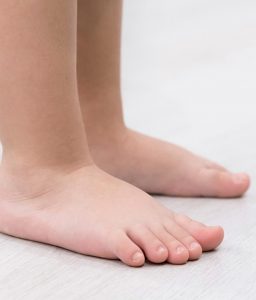 “I know you can be born with flat feet, but can your arches really just fall as an adult?”
“I know you can be born with flat feet, but can your arches really just fall as an adult?”